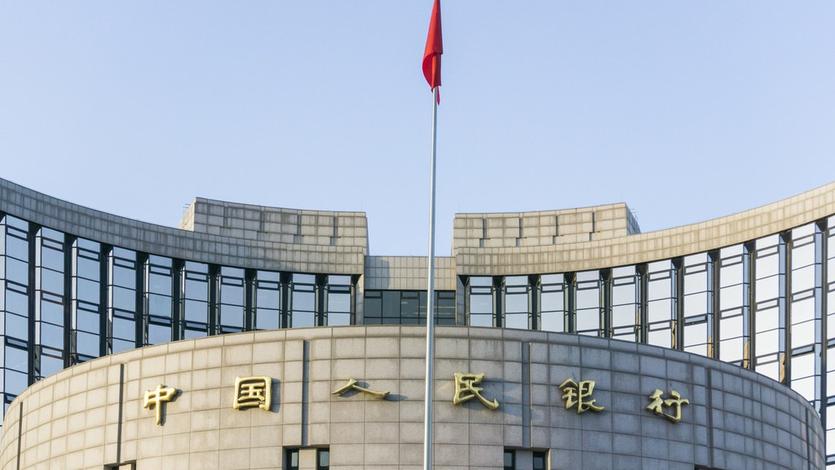 Headquarters of the People's Bank of China (PBOC), the central bank, is pictured in Beijing. (PHOTO / IC)
Headquarters of the People's Bank of China (PBOC), the central bank, is pictured in Beijing. (PHOTO / IC)
The People's Bank of China, the country's central bank, said it will continue efforts to deepen reform in the foreign exchange market, preempt unreasonable volatility in the Chinese currency, and ensure the renminbi exchange rate does not move in only one direction.
In an article released on Tuesday, the PBOC said the renminbi exchange rate cannot be precisely predicted under the market-based foreign exchange formation mechanism. The two-way movement of the Chinese currency in trading is thus normal — and unidirectional performance can be ruled out.
It is the third time in 16 days that the PBOC has shared both its understanding of the recent fluctuations in the renminbi's exchange rate and its outlook for the currency market.
Since Aug 15, the renminbi has depreciated against the US dollar by more than 5.9 percent. The midpoint reference of USD/CNY provided by the PBOC came in at 7.11 on Wednesday.
Lian Ping, chief economist at Zhixin Investment, said the PBOC has implemented a number of policies since the renminbi started to show signs of depreciation in mid-April. The regulator's intention to keep the renminbi exchange rate stable has been quite clear, he said.
Wang Qing, chief macroeconomic researcher at Golden Credit Rating, said the rise in the US dollar due to the US Federal Reserve's continued interest rate hikes and global hedging demand arising from geopolitical tensions are two major causes for the renminbi's recent depreciation.
The PBOC wrote in the Tuesday article that the renminbi's recent depreciation is much smaller than the appreciation of the US dollar index in the same period. Besides, the renminbi has significantly appreciated against the euro, the British pound and the Japanese yen recently, making the Chinese yuan one of the stronger currencies in the world at present.
Pierre-Olivier Gourinchas, economic counselor and director of research of the International Monetary Fund, told Chinese financial media outlet Yicai on Tuesday that the greenback is now at the highest level since early 2000, which is mainly driven by fundamentals like the US monetary policy tightening and the ongoing energy crisis.
In this sense, most economies in the world should allow exchange rate volatility so that foreign exchange reserves can prepare for any possible deterioration in the overall financial environment, he said.
The PBOC also stressed the renminbi exchange rate is not exactly correlated to the US dollar index based on the trend of the past few years. There were times when the renminbi appreciated against the backdrop of a bullish US dollar. Market supply and demand play a decisive role, it said.
Policies will be implemented comprehensively to stabilize market expectations and keep the renminbi's exchange rate reasonably stable, the PBOC said.
Sheng Songcheng, a professor at China Europe International Business School, said the PBOC has plenty of policy tools to guide market expectations for the renminbi exchange rate. These include restarting the countercyclical factor when necessary and issuance of notes in offshore markets to tighten renminbi liquidity. It is thus quite unlikely that the renminbi will continue to depreciate substantially, he said.
Wang Dan, chief economist of Hang Seng Bank China, said that excessive interpretation of the renminbi's recent ups and downs is unnecessary. China's inflation is quite low at present, while no significant increase in capital outflow has been seen recently. And China's huge trade surplus will strongly prop up the renminbi's value in the following months, she said.
PBOC data showed China's trade surplus reached $560.5 billion in the period from January to August, up 57 percent year-on-year.


